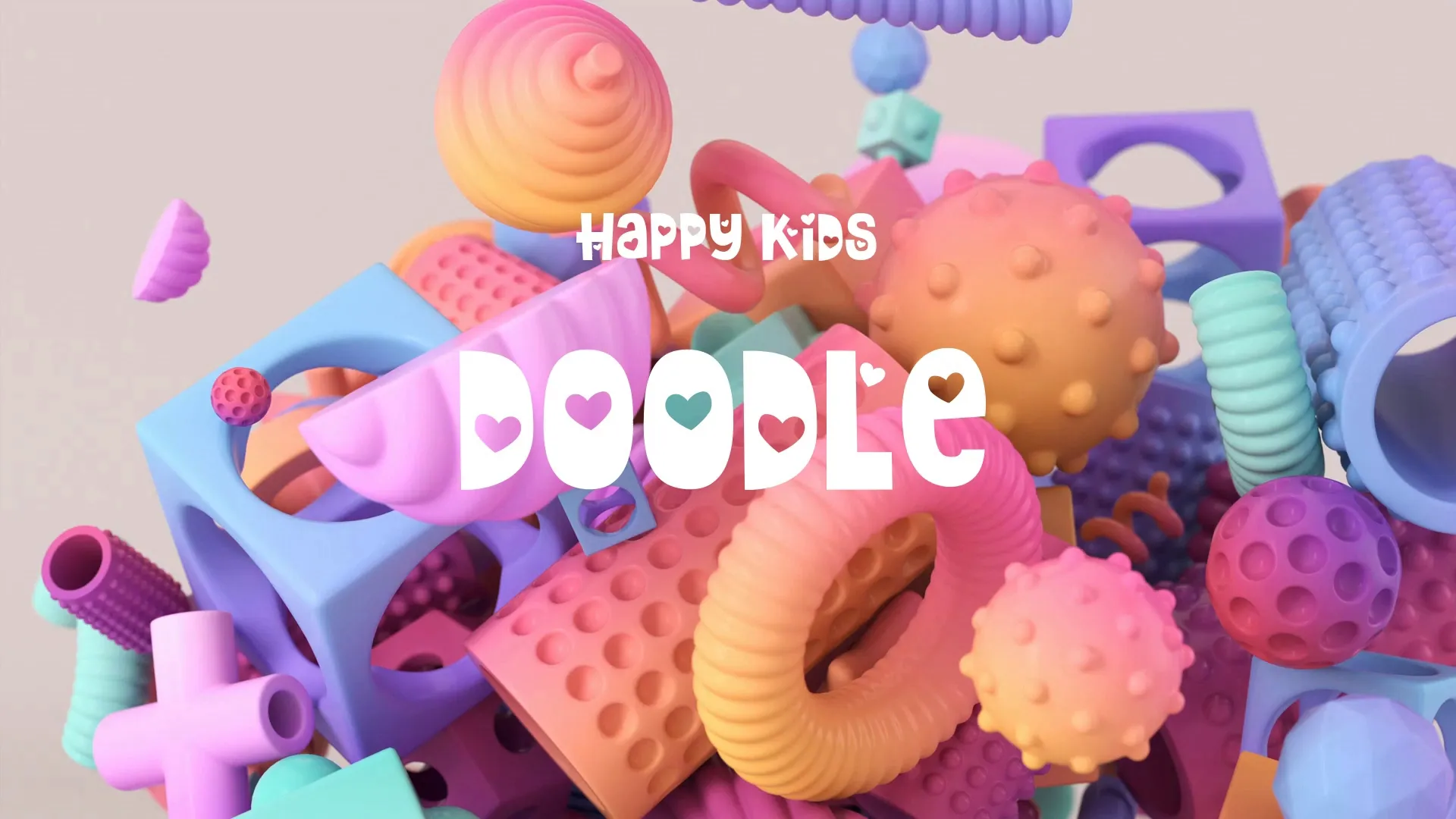Game Visual Storytelling: Advanced Engine Techniques for Immersive Narratives
Game Visual Storytelling: Advanced Engine Techniques for Immersive Narratives
Visual storytelling in games extends beyond cutscenes; it’s about every pixel contributing to your narrative. Advanced engine techniques allow developers to imbue environments and characters with deeper meaning. This approach moves players from passive observers to active participants in a visually rich story.
Dynamic Lighting for Emotional Resonance
Dynamic lighting is a powerful tool for visual storytelling, far beyond mere illumination. Use real-time light changes to reflect character emotions or shift the narrative tone of a scene. A sudden darkening can signal danger, while a warm glow can evoke comfort.
Employ volumetric lighting to create atmospheric effects like god rays or dense fog. These elements guide player attention and enhance the sense of place within your game world. Consider how light and shadow play into the psychological impact of different game areas.
Particle Systems for Narrative Impact
Particle systems are more than just visual flair; they can be integral to your narrative. Use them to depict magical effects, environmental hazards, or the decaying state of a world. A flurry of leaves might symbolize passing time, while sparks could indicate a malfunctioning machine.
Design particle effects that communicate information without explicit text. A character’s aura, an enemy’s attack telegraph, or the lingering dust in an ancient ruin all tell a story. Ensure particles serve a purpose beyond visual spectacle.
Post-Processing for Thematic Depth
Post-processing effects can drastically alter the mood and theme of your game. Color grading, bloom, and depth of field are not just aesthetic choices; they are narrative devices. A desaturated palette can suggest despair, while vibrant colors might convey hope.
Experiment with film grain, chromatic aberration, or lens flares to mimic specific cinematic styles. These effects can reinforce genre conventions or create a unique visual identity for your game. Understanding render pipelines is key here; for more on this, read 'Unity: Understanding URP, HDRP, and Built-In Render Pipeline’.
Shader Effects for Expressive Surfaces
Custom shaders offer unparalleled control over how surfaces react to light and environment. Use them to create unique material properties that convey narrative information. A pulsating alien material or a shimmering magical barrier tells a story about its origin and function.
Shaders can depict damage, aging, or magical enchantment on objects and characters. Procedural textures generated by shaders can also add environmental storytelling, showing wear and tear or unique geological formations. This level of detail enriches the player’s understanding of the world.
Environmental Storytelling with Level Design
Advanced engine techniques amplify environmental storytelling, where the world itself tells a story. Use dynamic elements, interactive props, and responsive environments to react to player actions or narrative progression. A collapsing bridge or a shifting landscape can be a powerful narrative beat.
Integrate subtle visual cues that hint at past events or future dangers. A scattered diary, a forgotten toy, or a claw mark on a wall can provide context and deepen immersion. Every detail in your environment should contribute to the overarching narrative.
Interactive Visuals and Player Agency
Allow advanced visuals to respond directly to player choices and actions. This creates a stronger sense of agency and immerses the player deeper into the narrative. Dynamic weather systems that change based on player progress or moral alignment are excellent examples.
Implement visual feedback that reflects the consequences of player decisions. A character’s appearance might change, or the environment could adapt to their influence. This makes the visual storytelling a direct result of player interaction.
Create a free account, or log in.
Gain access to free articles, game development tools, and game assets.























